Physical Therapy Exercises for Torn Knee Meniscus
A torn knee meniscus and the physiotherapy for it explained
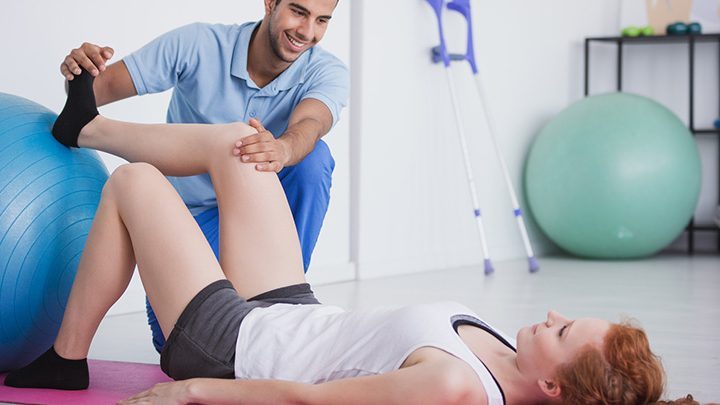
A torn knee meniscus and the physical therapy exercises for it, simply explained.
USE the OMH exclusive code "HEALTH15" to Save 15%What is a meniscus? A meniscus is a small cartilaginous structure which can be found between the tibia (shinbone) and the femur (thigh bone). In actual fact you have two menisci – one on the inner part of the knee and another on the outer part of the knee. The function of the meniscus is to absorb shock placed on the knee and to help the knee joint glide and slide when you bend or straighten your legs. A meniscus tear can be the result of a trauma like twisting your knee when your foot is planted, hyper-extending your knee, wear and tear and degenerative conditions like knee osteoarthritis.
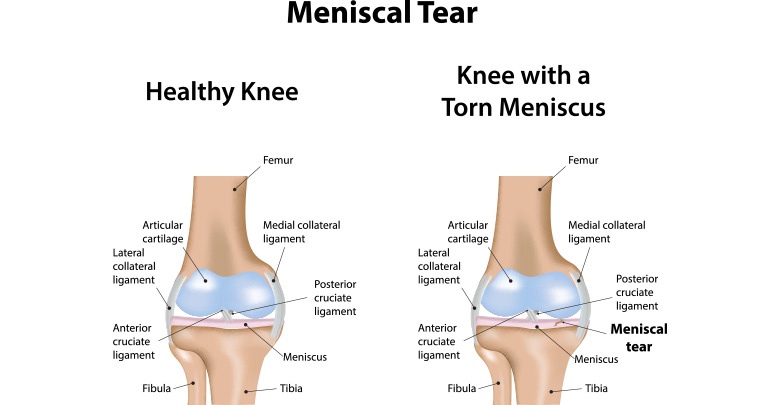
In the case of having a torn knee meniscus, physical therapy can be really helpful in helping you to regain maximum range of motion in your knee, to regain strength in the knee and, therefore get you back to your optimal level of activity. It has been documented that physical therapy can prevent the need for surgery on the knee after a meniscus tear.
Every individual’s injury is unique and that is why it is important that your physical therapy is tailored to your specific needs.
Physical therapists use different exercises during rehabilitation.
1. Range of Motion Exercises for torn knee meniscus
Heel slides for flexion (bending) of the knee: Lie on your back, slowly slide your heel down towards your bottom in order for it to bend as far as possible. Then slide it back to the straight knee position. Repeat this 10 times.
Prone hang exercises for extension (straightening) of the knee: Lie on your stomach with the leg over the end of the bed. Allow gravity to pull the knee into full extension. Hold the extension for 15 to 30 seconds, before bending the knee again. Repeat this exercise 3 times.
2. Quadriceps Exercises for torn knee meniscus
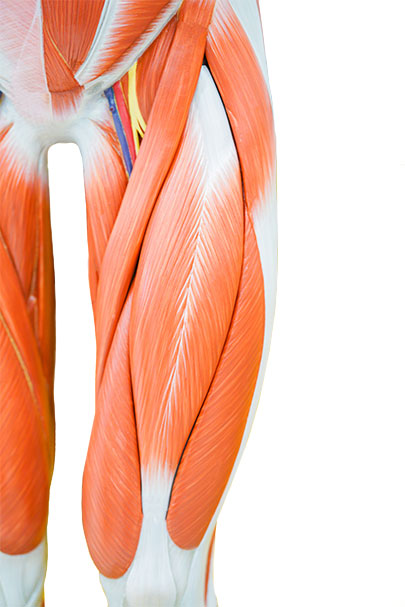
Your quadriceps strengthen the knee and support the joint and the kneecap. It is therefore important to strengthen the quads for optimal knee recovery.
Quad sets: Lie on your back with your knees straight. Place a rolled up towel under the injured knee. Press the back of the knee into the towel while tightening the quads. Hold this for 5 seconds and slowly release. Repeat this exercise 10 times. Here is a video to show you exactly how to do it.
Short Arc Quad Exercises: Place a ball under the injured knee. Tighten your quads and straighten the knee out as far as possible. Hold this for 3 seconds before slowly lowering the leg. Repeat this exercise 10 times.
Mini Squats: Stand with your legs shoulder width apart and bend the knees to a 45 degree angle. Hold this position for 3 seconds before standing up slowly. Repeat this exercise 10 times. Watch here to see how.
3. Hip and Pelvis Stabilizing Exercises
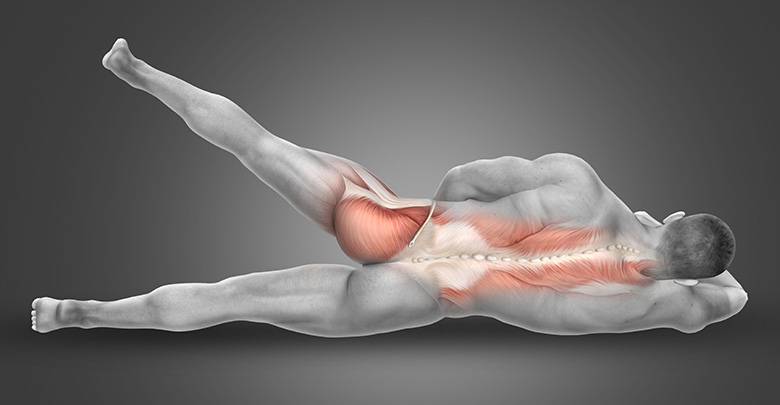
Research has shown that hip strength can have a direct impact on your knee position. Hip strengthening exercises help keep the knees in the best possible alignment and therefore minimizing the stress put on the knee meniscus.
Clams: lie on your side, with your hips straight and just your knees bent. Keep your toes together, and keep your tummy tight, as you lift the top knee. Lower slowly down. Do 3 sets of 10 repetitions. Here is a video if you would like to see the correct way to do a clam.
Side lying straight leg lifts: start by lying on your uninjured side, bottom leg bent, top leg straight and very slightly back. Turn the toes of the top leg slightly up towards the ceiling. Tighten your tummy. Lift your top leg, and slowly let it down. Do 3 sets of 10 repetitions
4. Balance Exercises
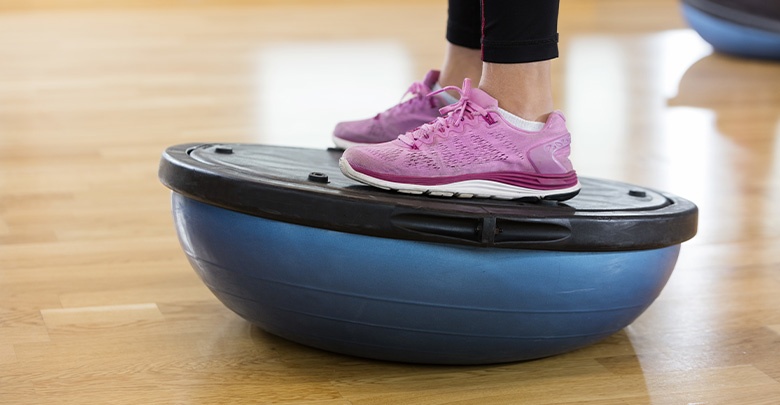
Examples of balance exercises are the single leg stance, with eyes open or closed, using a BAPS board or standing on a BOSU ball.
5. Plyometrics and Neuromuscular Training
Plyometrics is a type of exercise that teaches you to jump and land properly in order to recover your ability to run, jump and land without causing more damage and it minimizes the stress and strain that these activities put on the knees. When doing these exercises it is always important that the knee must be aligned with the ankle. Examples of these exercises are:
- Single leg hopping
- Jump lunges
- Lateral plyometric hops
6. Stationary Bike Cycling
Bicycling is important and beneficial, because it improves range of motion, it improves muscular endurance in the legs and it is a non-weight-bearing exercise which limited stress and strain on the knee and the meniscus. Physical therapists recommend 20 – 30 minutes of cycling several days a week.
With any kind of rehabilitative exercises it is important to remember that if the exercise causes more pain, it is not the correct exercise for your injury.
OhMy.Health have designed a physio approved meniscal injury exercise video of the best exercises for you to do following a meniscus injury. So follow the programme and be kind to your joints…